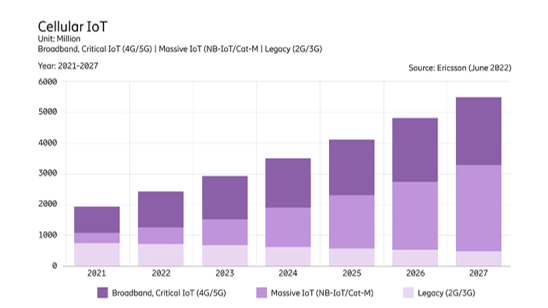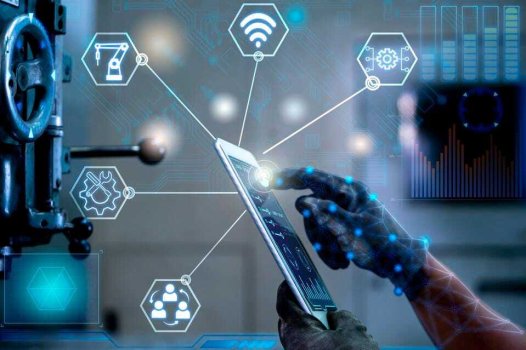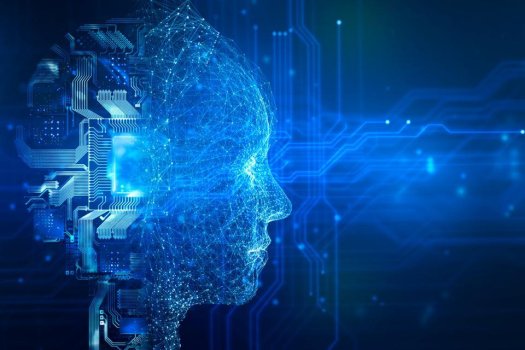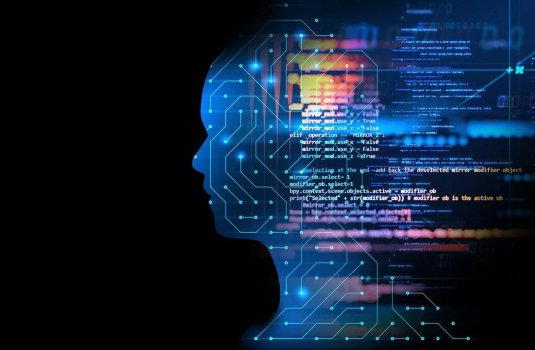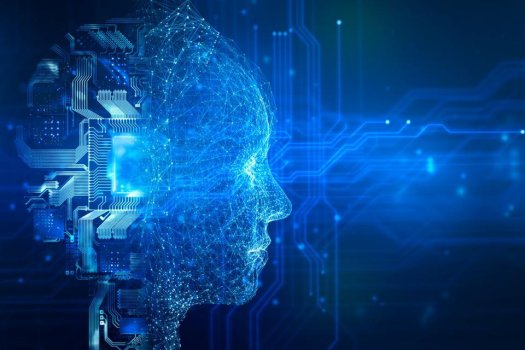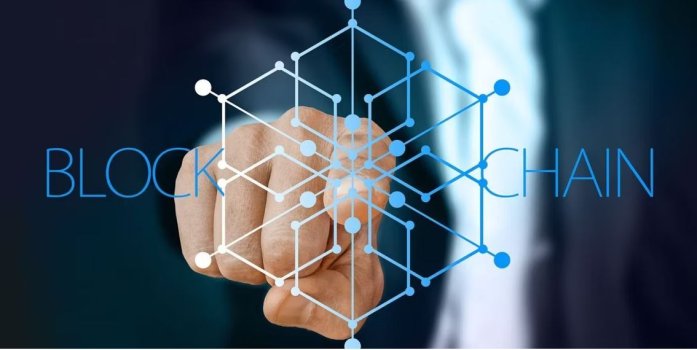Artificial Intelligence, a new chapter for Cybersecurity?
- Technology Solutions
- 0 Replies
Artificial Intelligence (AI) is a trending topic for many industries now. A variety of organizations currently employ AI mechanisms to support their operational functions. Automated tasks, natural language processing, deep learning, and problem-solving; such AI characteristics have made business tasks much easier. The factor of security in AI is largely overlooked, and with the increasing number of cyber threats and attacks, AI security serves as a crucial element that should be paid attention to. Security in AI falls into two different areas:
Distinct capabilities of AI, for instance, deep learning and unsupervised learning, serve huge benefits for cybersecurity since it holds the ability to analyze and mitigate large sets of potentially malicious data without any human interaction, while providing recommendations for future threats.
The application of AI for Digital Safety has several benefits and usages:
- Using AI for cybersecurity.
- Using cybersecurity for AI.
Distinct capabilities of AI, for instance, deep learning and unsupervised learning, serve huge benefits for cybersecurity since it holds the ability to analyze and mitigate large sets of potentially malicious data without any human interaction, while providing recommendations for future threats.
The application of AI for Digital Safety has several benefits and usages:
- The ability to detect and identify anomalous patterns and vulnerabilities within extensive networks. It is time-consuming or rather complicated for humans to monitor and analyze large-scale networks. With AI, analyzing data from multiple endpoints becomes more efficient and faster which leads to quick detection of vulnerabilities and threats before any attack is executed. AI-powered Intrusion Detection Systems (IDS) detect any unusual or malicious traffic over normal traffic that enters a network. A real-life application of Artificial Intelligence for IT operations (AIOps) platforms uses big data analytics and Machine Learning (ML) to detect problems by analyzing large amounts of data and predicting to prevent future issues.









